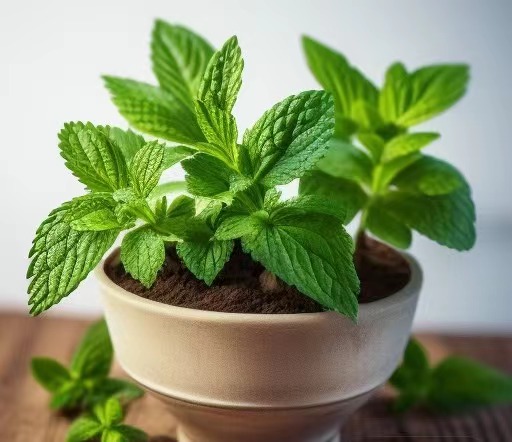Introduction
Catnip is a perennial herb that is well-known for its intoxicating effects on cats. It is a member of the mint family and contains a compound called nepetalactone, which is similar to cat pheromones. When cats smell nepetalactone, it triggers a euphoric response in their brains, causing them to roll around, rub their heads on the catnip, and even meow excessively.
While catnip is most famous for its effects on cats, it can also be used to make a variety of DIY toys for your furry friend. Dried catnip can be stuffed into socks, sewn into fabric mice, or even added to catnip bubbles. Growing your own catnip at home is a great way to save money on cat toys and ensure that your cat always has a fresh supply of their favorite herb.
How to grow catnip
Catnip is a relatively easy plant to grow, and it can be grown both indoors and outdoors.
To grow catnip indoors:
- Start by planting catnip seeds in a well-draining potting mix.
- Place the pot in a sunny spot, and water it regularly.
- Once the seedlings have sprouted, thin them out so that each plant has at least 6 inches of space.
- Fertilize the plants every few weeks with a balanced fertilizer.
- Harvest the catnip leaves when they are about 4 inches long.
To grow catnip outdoors:
- Choose a sunny spot in your garden with well-draining soil.
- Sow catnip seeds directly in the ground in the spring, after the last frost has passed.
- Space the seeds about 18 inches apart.
- Water the seeds regularly, and keep the soil moist until they germinate.
- Once the seedlings have sprouted, thin them out so that each plant has at least 18 inches of space.
- Fertilize the plants every few weeks with a balanced fertilizer.
- Harvest the catnip leaves when they are about 4 inches long.
How to harvest catnip
Catnip can be harvested at any time during the growing season. However, for the most potent catnip, it is best to harvest the leaves just before the plant flowers.
To harvest catnip leaves, simply cut them off the plant at the base of the stem. You can also harvest the entire plant and then dry the leaves.
How to dry catnip
There are two ways to dry catnip: air drying and oven drying.
To air dry catnip:
- Tie the catnip stems together in small bundles.
- Hang the bundles upside down in a dark, well-ventilated area.
- Allow the catnip to dry for 2-3 weeks, or until the leaves are completely dry and crispy.
To oven dry catnip:
- Preheat your oven to the lowest setting, around 150 degrees Fahrenheit.
- Spread the catnip leaves out on a baking sheet.
- Bake the catnip leaves for 1-2 hours, or until they are completely dry and crispy.
How to make DIY catnip toys
Once you have dried your catnip, you can use it to make a variety of DIY catnip toys for your cat. Here are a few ideas:
Catnip sock toy: Stuff a clean sock with dried catnip and tie it off with a rubber band.
Catnip fabric mouse: Sew two pieces of fabric together to form a mouse shape, leaving a small opening at the bottom. Stuff the mouse with dried catnip and sew the opening closed.
Catnip bubble solution: Add a few drops of catnip essential oil to a bottle of bubble solution. Your cat will love chasing the catnip bubbles!
Other tips for growing and using catnip
- Catnip is a fast-growing plant, so you will need to harvest it regularly to keep it from becoming overgrown.
- Catnip is a member of the mint family, so it is susceptible to the same pests and diseases as other mint plants. Be sure to inspect your catnip plants regularly for signs of pests or diseases.
- Catnip is a natural mosquito repellent, so planting catnip around your patio or deck can help to keep mosquitoes away.
- Catnip can also be used to make a variety of herbal teas and tinctures. These herbal remedies can be used to treat a variety of ailments, including anxiety, insomnia, etc.



